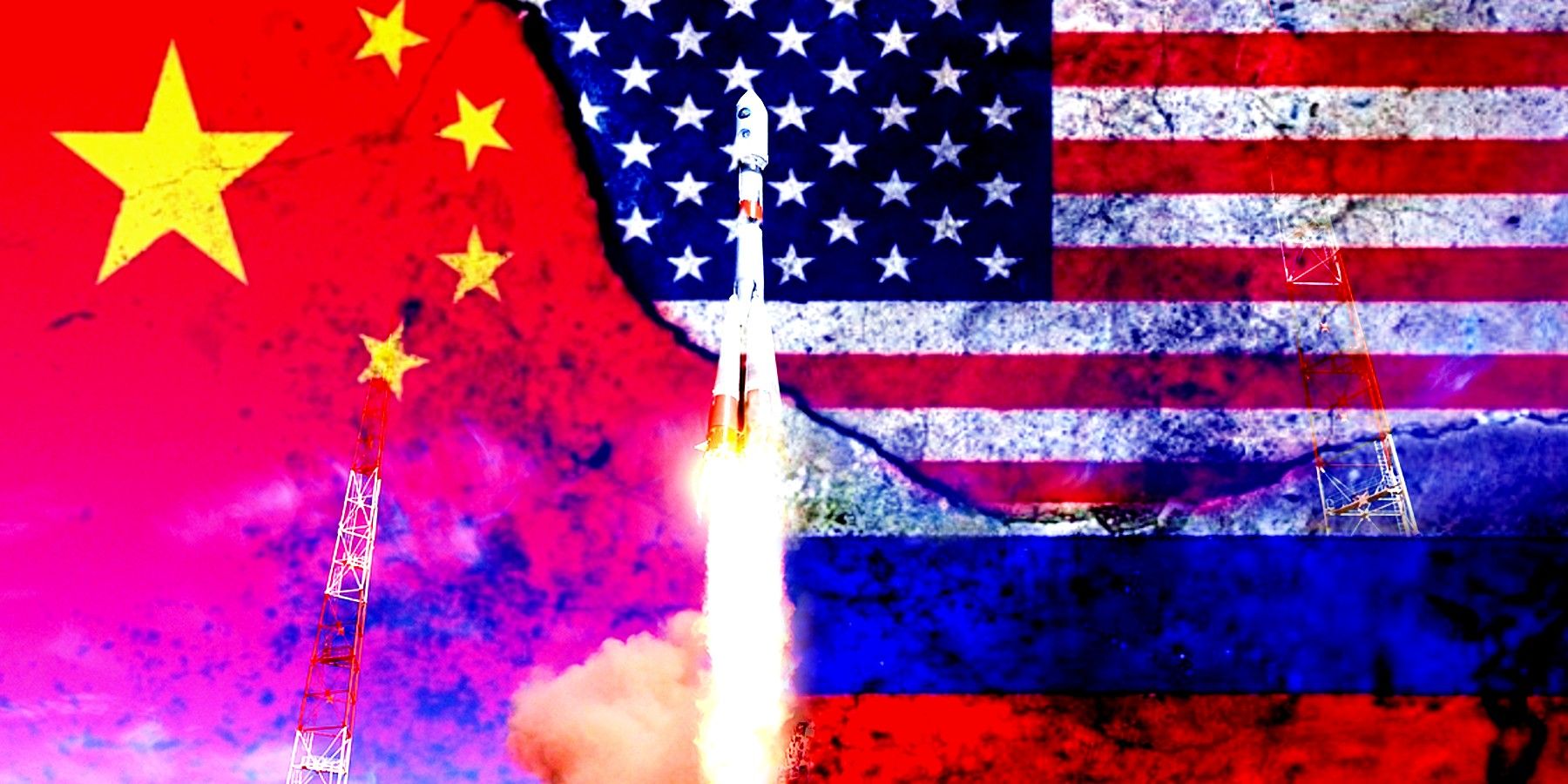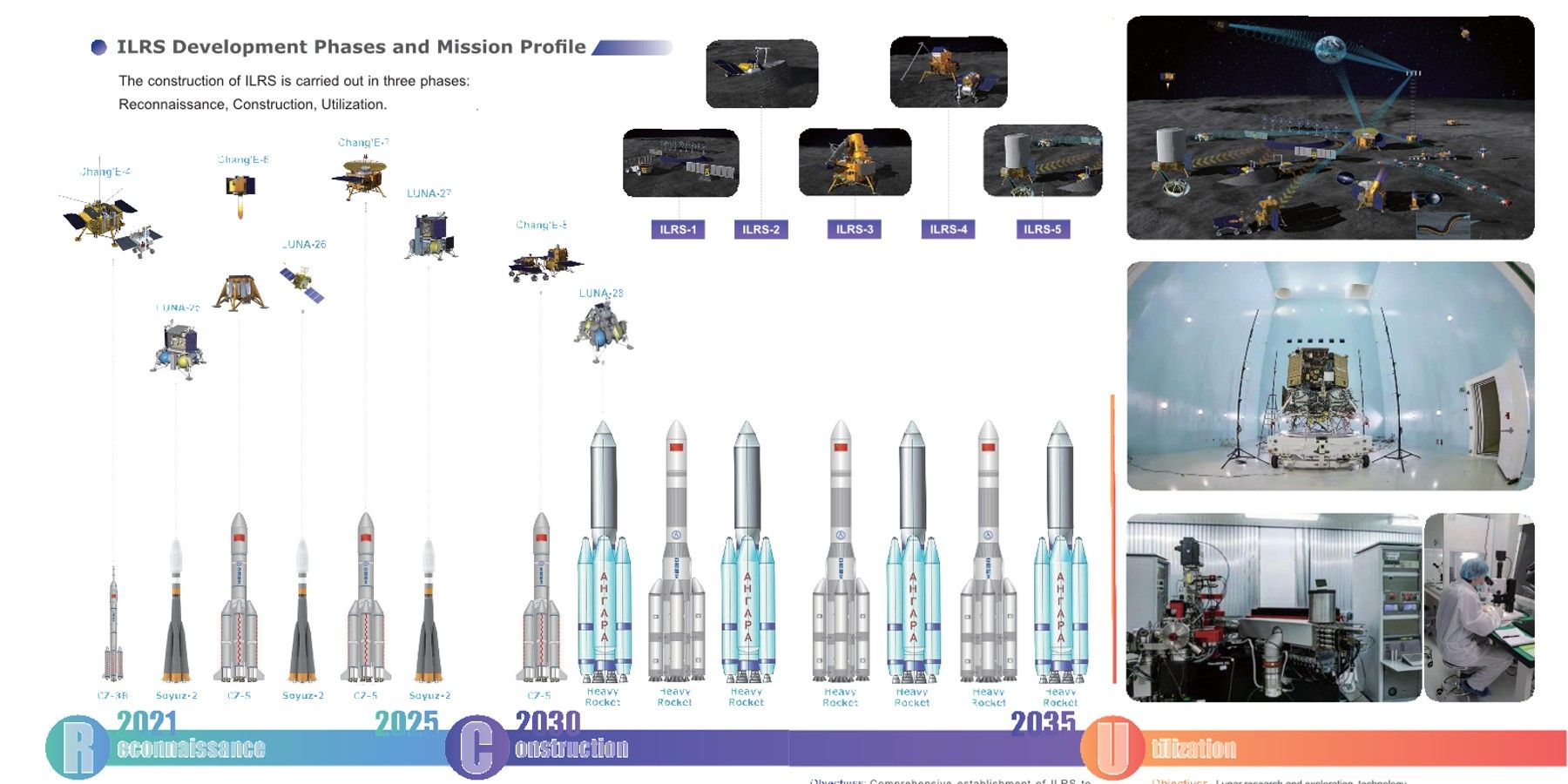The moon is about to get crowded, with the U.S., China, and Russia all planning to build bases in the moon's south pole. NASA has been promoting the return of humans to the moon with the Artemis mission. The program will launch Artemis I this year, an uncrewed spacecraft that will orbit the moon and return to Earth.
From the 1950s to the end of the 70s, the U.S. and Russia were engaged not only in an active Cold War but in a space race. So while NASA was the first to put boots on the moon with Apollo 11 in 1969, the first human-made object to touch the moon was, in fact, Russian. The mission was called the Luna 2 and had a 10 years head start on Apollo 11, reaching the moon in 1959.
Russia announced the reignition of their Luna program with the Luna 25 mission. The mission will put a lander on the moon to scout for volatile resources, like water. Russia, just like the U.S., will be landing in the South Pole of the moon. Luna 25 is set to launch in June this year. Russia is picking up where the Luna missions from 1959 to 1976 left off. Under this program, 15 Luna Russian missions successfully landed or orbited the moon. But besides the evident history and Russian moon experience, another issue worries the U.S. even more. Russia's Luna program is now officially part of Phase One of China's International Lunar Research Station mission.
The Truth About The Return To The Moon
U.S., Russia, and China have all chosen to land, explore, and set up a base in the moon's south pole. The area is where scientists believe water in the form of ice is most abundant and easier to access. The European Space Agency (ESA) is working with Russia on the Luna 25. The equipment onboard Luna 25 will analyze and even drill the moon. China, which recently proved that its space capacity should not be underestimated by building a space station in just months, has set out a clear path for constructing its International Lunar Research Station.
Phase one of China's moonbase plan includes six reconnaissance missions until 2025. The first mission is already operating. China's lunar rover Chang'e 4 has been driving around the moon since 2018. The second reconnaissance mission is the Russian Luna 25 lander set to launch this year. Other landers and rovers will follow. By 2026 China expects to begin building its lunar base in the south pole. NASA says they want to land humans on the moon in 2024 and start building their base in 2025. But delays have plagued NASA's plan.
China will build its base in five missions. First, they will establish the command center, energy, and communications. Then set up the science facilities and resource exploitation technology and finally add the lunar astronomy base. Dmitry Rogozin, head of the Russian space agency, says the Luna 25 is assembled and in final tests, readying to launch in July. Under NASA, both China and the U.S. have been promoting their moon missions and recruiting international patterns for their program. It is unclear how each country's plan has set today's moon priorities, but one thing is crystal, the new space race is on!
Source: NASA Artemis, Roscosmos, China


